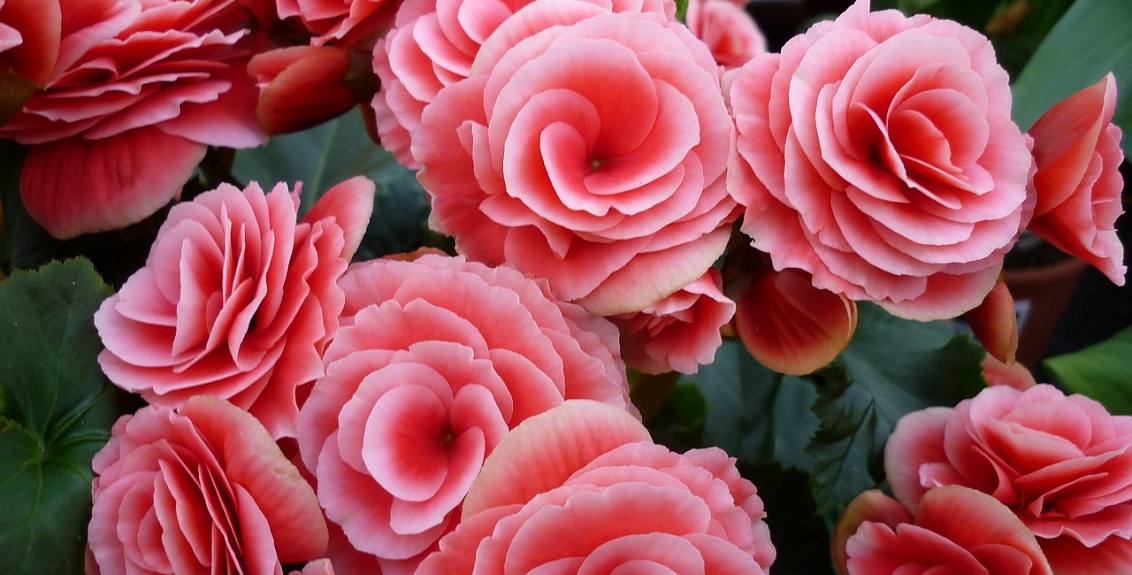Begonias
Annual Begonia plants have many uses in the summer garden and beyond. Begonia plants (Begonia semperflorens) grow quickly and easily fill in spaces in the garden that will benefit from attractive foliage and frilly flowers. They can be a focal point when planted in mass and are excellent specimens for container combinations.
Begonias are tender perennials that will need to be moved indoors for the winter months and stored as dormant tubers. They cannot be left to overwinter in the garden or containers, unless you are living in a part of the world that does not have cold winters.
Tips
- Begonias should be removed from the garden or outside containers before the first of the winter frosts or cold spells affect the tuber in the ground. However, a light frost – that simply blackens the foliage will not normally harm the underground tuber, but the plants should be removed from the garden as soon as this has happened.
- When digging the tubers/plants out of the garden, remove as much soil as possible from the tuber, and also brush off any of the fibrous roots that are attached to the tuber.
- To dry out begonia bulbs for storage, break off any stems or roots and then wrap the bulbs in newspaper to start the drying process, sprinkle them with dusting sulphur.
- The dried tubers can then be placed in a cardboard box or a wooden seed tray, and put in a dark place – frost free and not heated. They should not be covered with compost – although a sheet of old newspaper will do no harm.
- Inspect the dried tubers weekly, to ensure no signs of rotting or pests that may be over-wintering. If any rotting is found, then cut away the affected parts, allow the cuts to dry and dust with sulphur powder.

